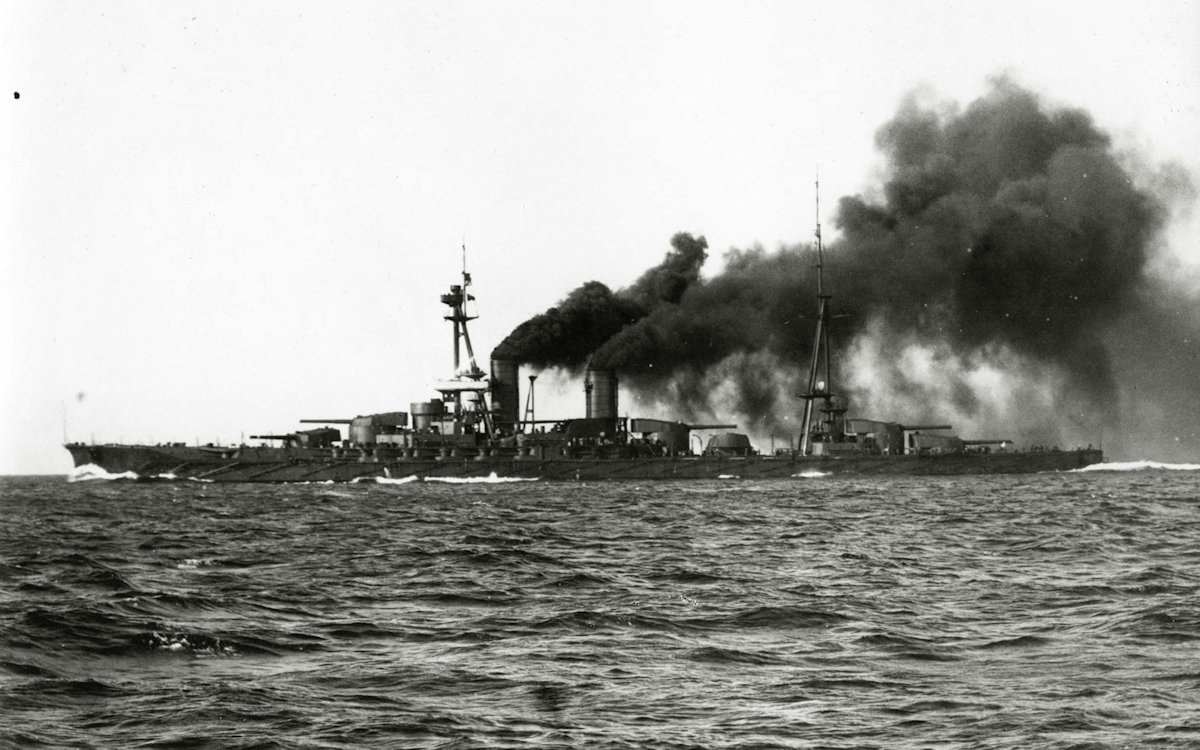Japanese Battleship Hyuga
Laid down on 6 May 1915 and launched on 27 January 1917, Hyuga was the second ship of the Ise-class of dreadnought battleships. Although commissioned into the Imperial Japanese Navy on 30 April 1918, she did not participate in the First World War. During the late 1920s and early 1930s, Hyuga was modernised in two stages, which added aviation facilities, upgraded her anti-aircraft armament and her superstructure was enlarged to a pagoda mast.
From 24 October 1934 until 7 September 1936, Ise underwent a major reconstruction to improve her machinery and armor. Despite this, she was considered obsolete at the start of the Second World War, and played no significant part in the early stages. However, with the loss of four fleet carriers at the Battle of Midway, Hyuga and her sister Ise were rebuilt as partial aircraft carriers. This entailed the removal of the rear two turrets and the installation of a flight deck. A complement of 22 to 24 aircraft could be carried, although due to a lack of trained pilots, she never operated aircraft in combat.
She participated in the Battle off Cape Engaño in late 1944, where she was one of the ships that decoyed the American carrier fleet supporting the invasion of Leyte away from the landing beaches. Afterwards the ship was transferred to Southeast Asia. In early 1945 Hyuga participated in Operation Kita, where she transported petrol and other strategic materials to Japan. The ship was then reduced to reserve until American airstrikes in July sank her. After the war Hyuga was scrapped in 1946–1947.
Under Construction







Hyuga in Service













The Wreck of Hyuga Post-War







